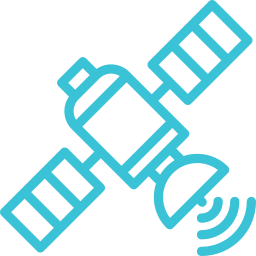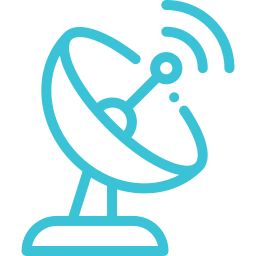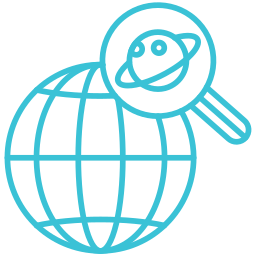Space industries
Western Australia is the Southern Hemisphere’s global hub for space operations and exploration.
Western Australia has played a significant role in the global space industry for over 60 years, supporting international space agencies and the commercial space sector.
Home to clear skies, vast land expanses, and geographic latitude and longitude ideal for space activities. Western Australia is involved in a range of space domains, hosts significant space infrastructure and is home to more than 130 International and Australian organisations operating space and space related services.
This is supported by a vibrant research and technology sector with significant intersection between space and terrestrial industries across, mining, energy, agriculture, defence and maritime.
Why Western Australia
.png?sfvrsn=fe649f55_3)
Ideal latitude and longitude and environmental conditions for space activities.

Strong partnerships with international space organisations.

Comprehensive capabilities and the largest radio telescope in the world.
Emerging as a critical space hub for the global industry
.png?sfvrsn=8092eeb3_3)
Cross sector demand for space related services and products.

Vibrant research and development ecosystem.
.png?sfvrsn=ebddc9a1_3)
Skilled workforce with a continuous pipeline of talent.
Western Australia's Space Infrastructure
Click here to view the accessible version of this interactive content
Key projects
For more case studies of our space industry read Western Australia Space Industry Strategy 2024-30.
Australian Remote Operations for Space and Earth (AROSE)
In 2020, the Government co-invested in the establishment of the Australian Remote Operations for Space and Earth (AROSE) Ltd in Perth. Founded by Col. Pamela Melroy (current Deputy Administrator of NASA) and Russell Potapinski (former Head of Autonomous Systems at Woodside Energy), AROSE is a not-for-profit, industry-led entity that catalyses knowledge transfer between terrestrial and space industry to benefit all industries.
Australian Space Automation, AI and Robotics Control Complex (SpAARC)
The Space Automation, AI and Robotics and Control Complex (SpAARC), operated by Fugro Australia, is a world-class facility for training, testing and controlling remote and autonomous operations in space and other harsh environments. Established through investments from Fugro Australia, the Australian Government and the Western Australian Government, it officially opened in November 2022 in the Perth CBD.
TeraNet, UWA
In 2023, the University of Western Australia secured Australian Government and Western Australian Government funding to establish TeraNet, a $6.3 million Western Australian optical communications network. Optical communications are 1,000 times faster than current radio communications used in space. TeraNet is being established in collaboration with companies including Goonhilly Australia and Thales Australia, positioning Western Australia to capture a share of the global satellite communications market.
Binar CubeSat Space Program
Curtin University’s Binar CubeSat Space Program (Binar Program) is Australia’s most advanced university spacecraft R&D program. Since 2021, the Western Australian Government has supported the Binar Program’s operations and outreach activities, with Western Australia’s first satellite, Binar-1, launched into space in August 2021.
Why Western Australia
Western Australia has the following advantages and opportunities:
- Southern hemisphere location and longitude are ideal for space situational awareness and provide maximum access to Global Navigational Satellite System constellations.
- Ideal environmental conditions for space communications with clear skies (low rainfall and cloud cover) and large arid areas with minimal radio interference.
- Significant investment in space infrastructure including ground stations, space radars and telescopes and computational infrastructure.
- Substantial capabilities in space systems, communications, astronomy, planetary research, data analytics, cybersecurity and terrestrial application and adoption of space data and technology.
- World-leading capabilities in remote operations, automation and robotics in remote and harsh environments.
- Partnerships and extensive activity with international space agencies.
- Emerging capabilities in optical communications; Earth observation; satellite payloads and IOT; and CubeSat design, construction and operation.
- Diverse and highly-skilled workforce with more than 100 international and Australian organisations operating in space and space-related services.
More information
Western Australia’s tech talent arrive on the international stage
Some of Western Australia’s smartest tech talent has represented the State at a global technology festival. The first ever virtual London Tech Week (LTW) was held in 2020 and remained an online event this year for international participants due to COVID-19 restrictions.
Get in touch
If you are looking for opportunities in business, investment or trade, contact our experienced team at Invest and Trade WA.
Our in-house experts can support you directly and provide referrals or introductions across our network of overseas offices, industry bodies and government agencies.
.png?sfvrsn=cd8bc9a0_0)